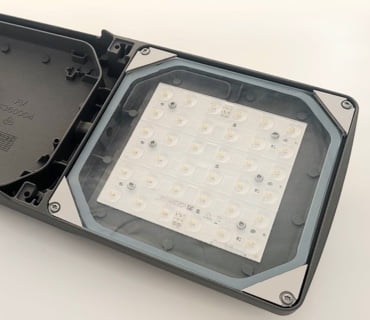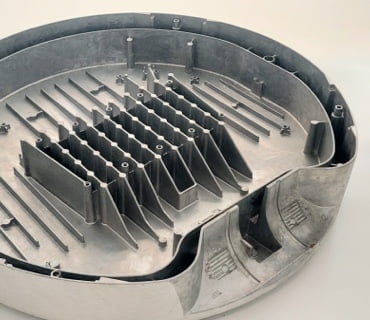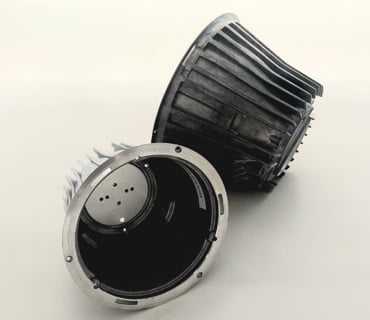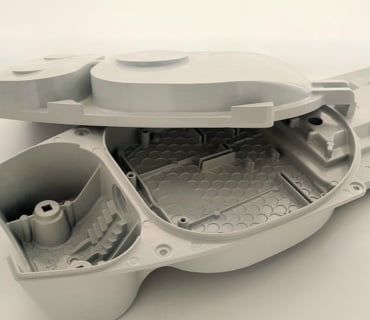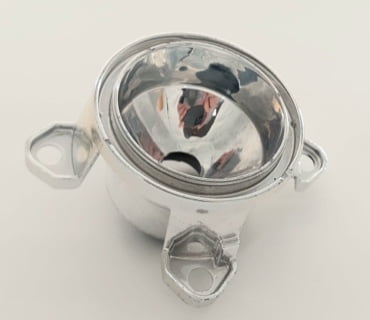Home » Business units »
Lighting applications
Funvisa manufacture key components to collaborate with the sustainability with our main lighting customers
LED (Light Emitting Diode) illumination for cities has become increasingly popular and widespread in recent years due to its energy efficiency, longevity, and the potential for smart lighting solutions. Here are some key points to consider when it comes to LED illumination for cities:
1. Energy Efficiency: LED lighting is highly energy-efficient, consuming significantly less electricity compared to traditional lighting technologies like incandescent or fluorescent bulbs. This can lead to substantial energy cost savings for municipalities.
2. Longevity: LEDs have a much longer lifespan compared to traditional lighting sources. They can last up to 25,000 to 100,000 hours or more, reducing maintenance and replacement costs.
3. Improved Visibility and Safety: LED lighting provides better visibility, which enhances safety on city streets and reduces the risk of accidents. Well-lit streets can also deter criminal activity and improve public safety.
4. Customizable Lighting: LEDs offer the ability to adjust brightness and color temperature, allowing cities to customize lighting to suit different needs, such as warmer, softer lighting in residential areas and brighter, cooler lighting in commercial or industrial zones.
5. Reduced Light Pollution: Properly designed LED lighting fixtures can help minimize light pollution by directing light where it’s needed and preventing excessive light spill into the night sky. This is crucial for preserving the natural environment and allowing for stargazing.
6. Smart Lighting Controls: Many cities are adopting smart lighting systems that use sensors, timers, and remote control to adjust lighting levels based on factors like traffic flow, weather conditions, and time of day. These systems can further reduce energy consumption and enhance efficiency.
7. Environmental Benefits: LED lighting produces less greenhouse gas emissions compared to traditional lighting technologies, making it a more environmentally friendly choice. Additionally, LED lights do not contain hazardous materials like mercury, which is found in fluorescent lamps.
8. Cost Savings: While the initial investment in LED lighting may be higher than traditional lighting options, the long-term cost savings in energy and maintenance typically offset the initial costs.
9. Public Acceptance: LEDs often receive positive feedback from residents and businesses due to their improved quality of light and reduced energy consumption. However, proper community engagement and consideration of citizen preferences are important during the planning and implementation phases.
10. Regulatory Compliance: Ensure that LED lighting installations comply with local and national regulations, including lighting standards, environmental regulations, and safety codes.
11. Maintenance Planning: Develop a proactive maintenance plan to address LED light failures or degradation over time. Regular inspections and replacements, if necessary, are crucial to maintain optimal illumination.
Effective energy management and sustainable energy generation are essential for addressing the challenges of climate change, energy security, and economic development. Transitioning to cleaner and more efficient energy sources while implementing smart technologies and policies is crucial for a sustainable energy future.
Energy Applications +
Wide range of products with high flexibility
Energy
E-drive Applications +
Trucks, cranes, forklift lifts, mobile machinery
E-drive
Want to see more?
Browse our different components applications
Connectivity Applications +
Production series with high flexibility according to market
Connectivity
Industrial Applications +
Medical, Furniture, Arm, Pneumatic, Hydraulic, Household appliances
Industrial

